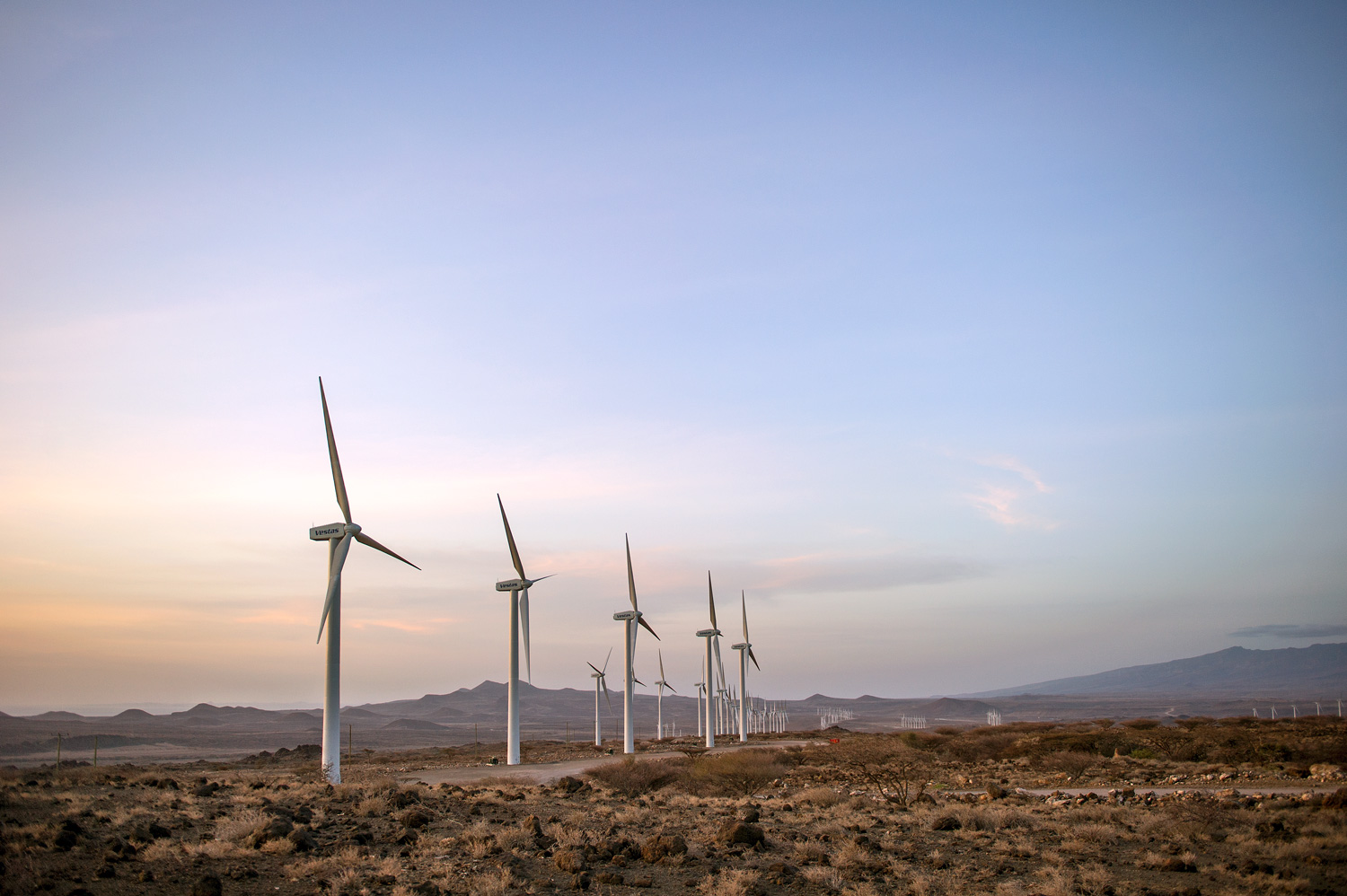Treasury efforts combat inflationary headwinds blowing through the wind turbine industry

The treasury team at the wind turbine manufacturer, Vestas revamped its current commodity risk management programme in order to navigate the rising commodity inflation.
Europe’s world-leading turbine maker, Vestas operates a total of 83,680 turbines, equating to more than 157 GW of installed wind power capacity in 88 countries around the world. However, in 2021, the Danish manufacturer produced and shipped 4,456 wind turbines, 15% lower than a year before.
Facing a steep rise in input cost prices, this trend may continue in 2022. “Inflation is something that was a significant challenge for the industry and also why you will see the number of wind turbines being erected this year is less than what it was in 2021.” said Per Hjorth Poulsen, VP, head of group treasury at Vestas at EuroFinance Treasury Management International in September.
Input costs in the wind industry have changed dramatically in recent quarters. The price of key raw materials used in turbines — such as steel, resin and copper — doubled in the two years to the first quarter of 2022 before easing slightly in the second quarter.
!function(){“use strict”;window.addEventListener(“message”,(function(e){if(void 0!==e.data[“datawrapper-height”]){var t=document.querySelectorAll(“iframe”);for(var a in e.data[“datawrapper-height”])for(var r=0;r<t.length;r++){if(t[r].contentWindow===e.source)t[r].style.height=e.data["datawrapper-height"][a]+"px"}}}))}();
The challenge for Vestas lies in its value chain. While suppliers generally have fixed price short-term contracts ranging from three to fifteen months with certain raw material clauses, customers sign a fixed price contract which takes at least a year to be delivered and in cases of offshore wind projects, the timeline expands from three to five years.
“The problem is that we have suppliers that are not taking any kind of commodity risk while our customers for huge offshore projects have fixed price contracts, which for some can have a start of delivery in 2027.” Poulsen continued.
This in turn has impacted the gross profitability of the company, which dropped to €97 million in the second quarter of 2022 from €375 million a year ago. Therefore, it is of utmost importance for the treasury team to employ a comprehensive commodity risk management programme in order to protect profitability and mitigate this risk.
Starting point
The treasury team already operated a risk management framework which was established in 2013, which consisted of a raw material council represented by sales, procurement, supply chain and costing departments with the treasury team facilitating those discussions.
While this framework was squeezed over the years due to other priorities and was only used to hedge plate steel used for towers, it emerged as a starting point to expand its current process across other input costs.
The approach towards this transformation was simple and straightforward: identify, analyse and evaluate input cost risks, review existing processes and then develop strategies to manage and monitor these risks. Poulsen shared key focus areas of this transformation:
Efficient communication and cost updates
Vestas has a bill of material of more than 10,000 components, for which costing is updated three times a year and also sets the baseline budget for the subsequent years. Therefore, efficient cross-functional communication within the procurement, costing, treasury and sales departments was critical to pass on key information regarding the input price hikes from suppliers.
“We needed to speed up our process to be able to actually pass on information from procurement to sales, so that the right pricing can be set for the turbines” Poulsen further explained.
Now cost adjustments to main components are done every single month as compared to three times a year and is communicated to the sales team; it provides the company with the ability of adjusting prices to customers more efficiently.
Procurement and Sales contracts
A key issue that the treasury team pinpointed is the mismatch between the sales and procurement contracts. While the nature of the short term purchase contracts inherently exposes the company to cost inflation, the binding offers with customers, which used to be signed up to several years before the delivery, exposed the company to risk if there was any unfavourable variance in input costs during that period of time. Therefore, the company is now pushing to also include inflation linked indexation in these binding contracts
“We have opted inflation indexation in our intent to apply in our sales contracts as a proxy of what we expect the exposure will be – we will be better off during some periods, and worse off in others.” Poulsen told delegates.
Furthermore, the team is also looking for possibilities to have fixed prices with suppliers for exposures which they can’t pass on to either customers or banks via financial hedging.
Financial hedging
Hedging using financial derivatives is certainly a key strategy that treasurers use to mitigate raw material exposures and the treasury team has been quick to ramp up the programme, given the broad based volatility in input costs.
For instance, the company only held commodity derivatives to hedge copper for a notional value of €29m at the end of 2020. This was increased to €33m EUR at the start of the year with a third of these contracts locking prices for copper to be consumed in 2023. At the same time, the treasury team also locked in prices for coking coal and iron ore as it held contracts for a notional value of €25m and €35m, respectively at the starting of the year.
The treasury team has managed to change a multitude of things within its risk management processes, thereby providing greater visibility and control over a broad range of raw materials as compared to before. This will certainly help the team in setting a strong foundation for the company to de-risk cost exposures going forward.